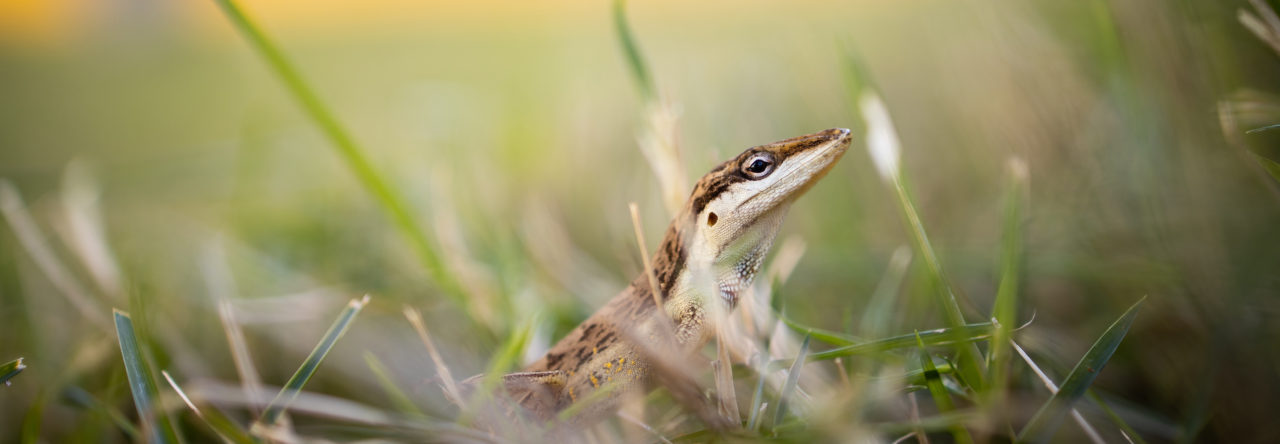Sum, sum, summertime, and Anole Annals readers of all stripes are out there, finding and studying anoles. Why not tell us what you’re seeing and doing? Observations, anecdotes, photographs, descriptions of research projects–the anole world needs to know! Or comment on a new paper, or an old one that made an impression. Or any other aspect of anoliana that comes to mind. Anole Annals welcomes posts on all matters anoline.
In it’s brief existence, AA has already published posts by 21 authors, and many more have commented. Why don’t you join the team? Information on how to post is available here.
p.s. Bonus points to anyone who can name the species above.
p.p.s. Thanks to Melissa Woolley for constructing the image above.












